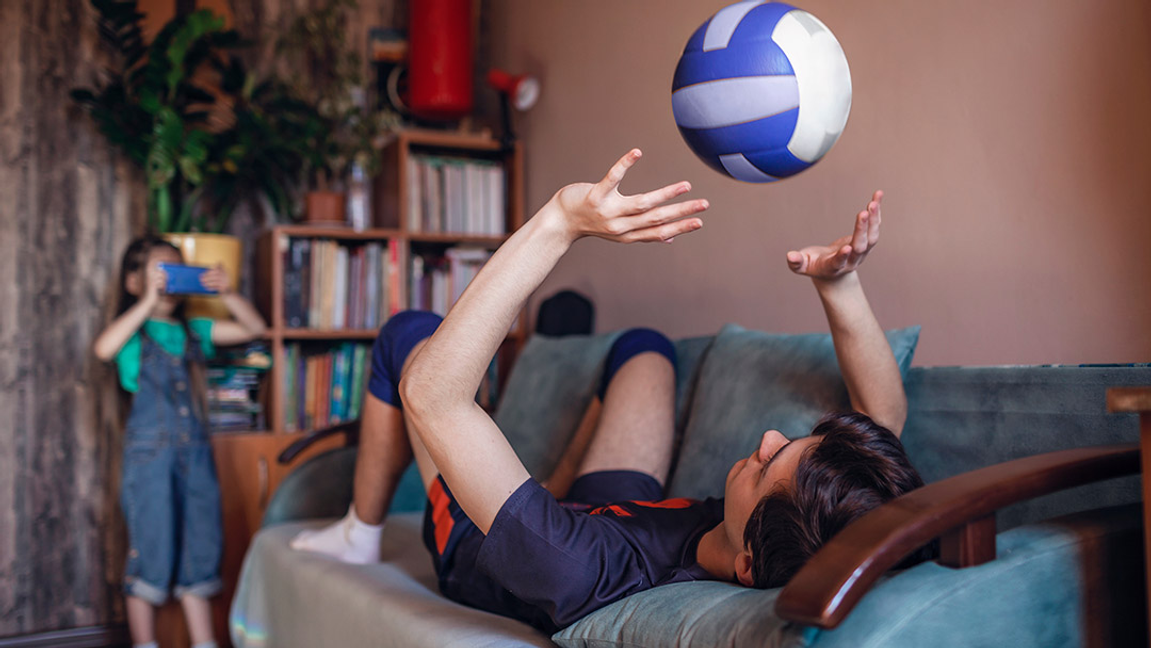
How to Train for Volleyball at Home During the Off‑Season 🏠

Matt Nikishin
•
3rd August, 2025
1. Build Ball Control with Self‑Passing & Setting
Why It Matters: First-touch reliability powers every pass, set, or attack. Developing ball feel builds confidence under pressure.
How to Progress:
- Start stationary: pass or set 30 clean reps in a row.
- Add movement: shuffle laterally or lunge forward before each rep.
- Increase challenge: use one-hand passes or bind your non-dominant hand behind your back.
✅ Bonus Tip: Challenge yourself to a “30‑for‑30” goal—30 successive reps each day for 30 days. This builds precision and habit.
2. Add Plyometrics for Explosive Jump Power
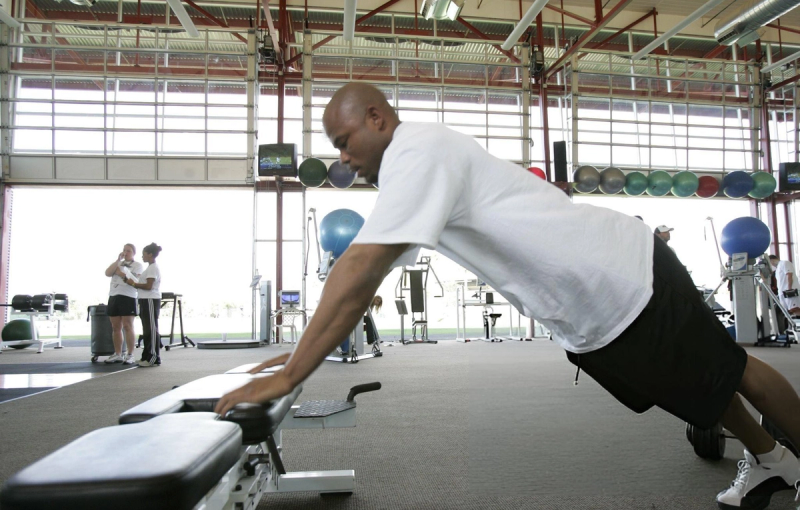
Why It Matters: Volleyball demands powerful vertical jumps for attacking and blocking. Plyometrics sharpen fast-twitch muscles.
How to Progress:
- Start with squat jumps and low box jumps (12 in).
- Increase height or reps as your form improves.
- Advance to lunge jumps or single-leg hops to build asymmetry resilience.
✅ Bonus Tip: Land quietly—track noise or limbs. Quiet landings = strong control + reduced injury risk.
3. Strengthen with Bodyweight & DIY Resistance Circuits
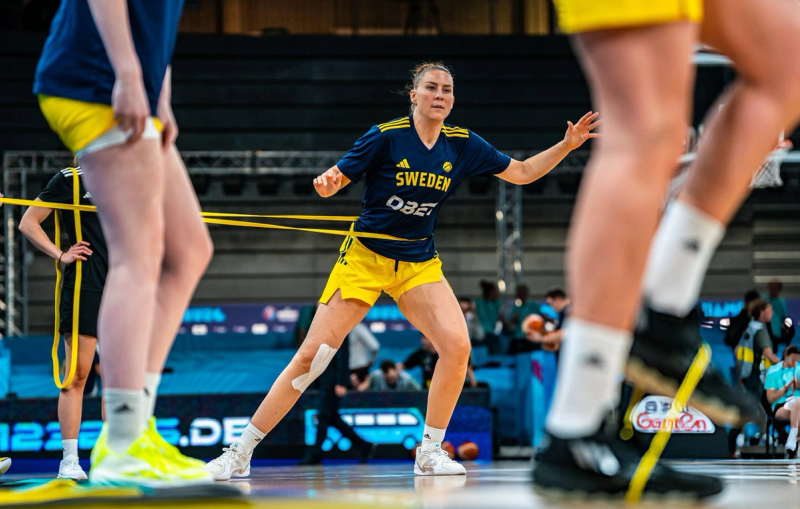
Why It Matters: Strength builds the foundation for power, stability, and injury resistance.
How to Progress:
- Circuit: 3 sets of 10–15 reps each—squats, push-ups, split squats, planks.
- Add resistance: use a loaded backpack or sturdy water jugs.
- Track and challenge progress by increasing reps or weight weekly.
✅ Bonus Tip: Pace yourself—rest just 60 seconds between exercises to simulate in-game fatigue.
4. Practice Setting Technique Against a Wall
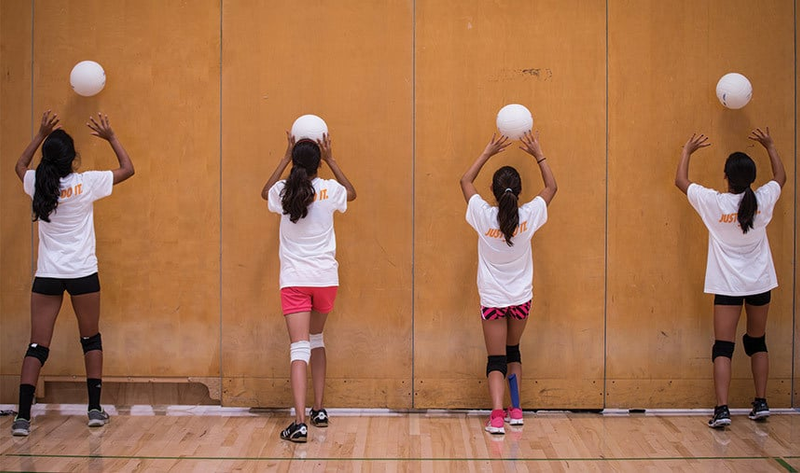
Why It Matters: Quick release and soft touches set up smart, accurate offense under match pressure.
How to Progress:
- Start close (3–4 ft) focusing on clean hand shape and quick flip.
- Move to a small square on the wall only count clean, centered reps.
- Increase range or add footwork laterally to simulate in-game setting.
✅ Bonus Tip: Sit and stand between reps to simulate challenging body positioning and balance.
5. Train Footwork & Blocking Reaction
Why It Matters: Quick lateral shuffles, stable squat foundation, and explosive jumps are critical to blocking success.
How to Progress:
- Shuffle 3–5 steps, drop into squat, then jump, reaching a wall or towel.
- Reset and repeat for 5–7 reps per set.
- Add a reaction call (“Tip!”) to simulate read-response training.
✅ Bonus Tip: Film your reps—assess your slide rhythm, squat depth, and reach posture.
6. Do Short HIIT Circuits for Volleyball‑Style Conditioning
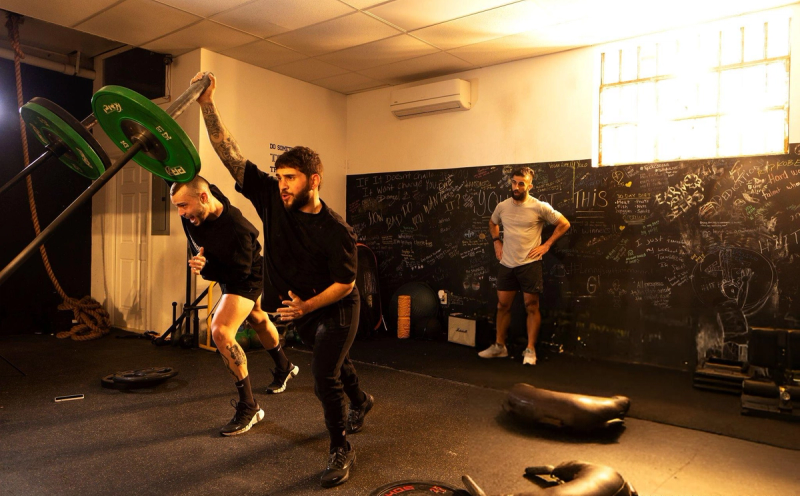
Why It Matters: Volleyball features intense bursts of effort followed by seconds to reset. HIIT mirrors that workload.
How to Progress:
- Use a timer-based circuit: 20 sec work (e.g., burpees, mountain climbers), 40 sec rest.
- Rotate through 4–6 exercises (core, legs, cardio).
- Do 2–3 cycles for a full session.
✅ Bonus Tip: Time your circuits so they match a typical set (e.g., 8 min)—this prepares your body and mind for volleyball tempo.
7. Stretch & Recover Regularly
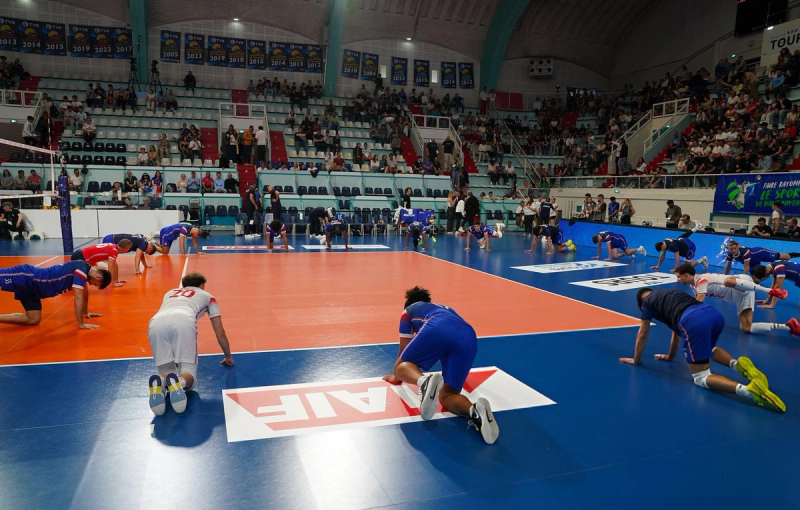
Why It Matters: Mobility supports full range of motion, prevents injury, and accelerates recovery.
How to Progress:
- Daily routine: hip openers, hamstring stretches, shoulder circles, torso rotations.
- Include foam rolling or massage with a ball for tight spots.
- End with 5 minutes of guided breathing or mindfulness.
✅ Bonus Tip: Keep a post-training recovery log—note soreness spots and track stretching consistency to stay on top of your body's needs.
✅ Final Takeaway
Your off‑season progress hinges on consistency and intelligent planning. With these drills, mobility work, and strength circuits, you'll hit the court stronger, sharper, and more injury-resistant. Stick to this plan, adapt it weekly, and watch your game evolve.
Watch This Video and Get Improve During The Off Season:
🎁 Want Faster, Smarter Off‑Season Gains?
Upload your at‑home training session to Rewind and receive a FREE 15‑minute expert review that includes:
- Technical breakdown of your ball control, footwork, and jump form
- Feedback on efficiency, posture, and explosiveness
- Tips on communication and presence—even when you train solo
📥 Claim your free expert conditioning review now: 👉 https://www.tryrewind.co/
